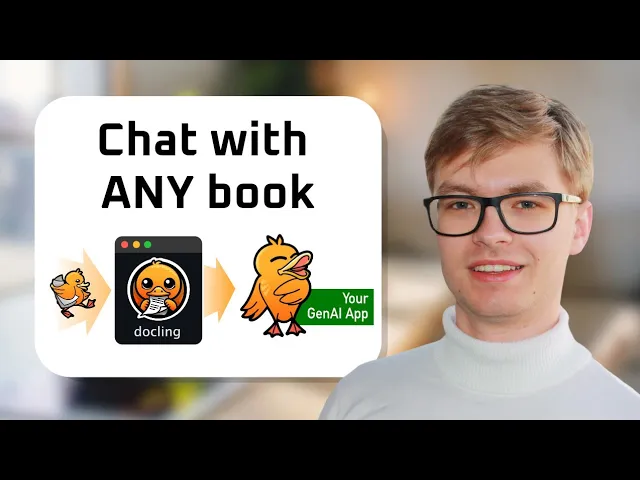Beyond Search - How AI Tutors Enhance Book Learning
Traditional book search helps us find keywords, but AI tutors understand what we’re asking. This fundamental difference transforms static text into dynamic knowledge resources that adapt to our learning needs, creating a conversational experience with the content itself.
This interactive learning approach is particularly valuable when building technical skills. For AI engineers starting their journey, combining book learning with practical implementation creates the foundation covered in my comprehensive career roadmap.
The Evolution from Search to Conversation
Search functions in digital books operate on a simple principle: find where specific words appear. This has clear limitations:
- Keywords must match exactly
- Context is often lost
- Related concepts using different terminology are missed
- The burden of interpretation remains with the reader
- Navigation between relevant sections is manual
AI tutors represent the next evolution in knowledge retrieval. Instead of simply locating text, they:
- Understand questions posed in natural language
- Extract meaning from the entire book context
- Connect related concepts across different sections
- Present information in conversational form
- Provide direct quotes with proper citation
This shift from “find this word” to “answer this question” creates a fundamentally different learning experience.
Verification and Trust Through Source Attribution
One of the most powerful aspects of AI book tutors is their ability to ground answers in the source material. When asked a question, these systems can:
- Provide direct quotes from relevant sections
- Reference specific chapters or pages
- Distinguish between what’s explicitly stated and what’s inferred
- Point readers to the exact location for further reading
- Verify information against the authoritative source
This direct connection to the source material builds trust while providing a seamless bridge between AI assistance and traditional reading.
For technical materials especially, this verification is crucial. Rather than receiving a generic explanation about how Git stores files, for example, an AI tutor can extract the precise explanation from the book, complete with terminology specific to that system.
Navigating Complex Concepts Through Dialogue
Books often present information in a linear fashion, but understanding doesn’t always develop linearly. The conversational interface of AI tutors allows learners to:
- Ask follow-up questions when concepts aren’t clear
- Explore tangential ideas without losing their place
- Request simpler explanations of complex topics
- Connect earlier concepts to current questions
- Navigate backward and forward through related material
This dialogue-based approach mirrors how we naturally learn from human tutors, creating a more intuitive learning experience that adapts to our understanding.
Self-Directed Exploration of Knowledge
Perhaps the most transformative aspect of AI book tutoring is how it enables truly self-directed learning:
Question-First Learning
Rather than following a predetermined path through material, learners can start with their own questions and follow their curiosity. This flips the traditional learning model, putting the learner’s interests at the center.
Adaptive Depth
Not all topics require the same level of explanation. AI tutors allow readers to skim familiar concepts while diving deep into challenging ones, optimizing learning efficiency.
Contextual Connections
Through conversation, AI tutors can highlight connections between concepts that might not be obvious from linear reading, creating a richer knowledge network.
Practical Focus
Learners can immediately focus on practical applications relevant to their needs rather than processing entire theoretical frameworks first.
The Future of Knowledge Interaction
AI tutors don’t replace books—they transform how we interact with them. This technology preserves the depth and authority of written works while making them more accessible and responsive to our needs.
For students, researchers, professionals, and lifelong learners, this approach combines the best of both worlds: authoritative content with interactive exploration. The book remains the knowledge source, but the AI becomes a knowledgeable guide helping us navigate its contents.
As this technology develops, we can expect even more sophisticated interactions, with AI tutors capable of cross-referencing multiple sources, visualizing complex concepts, and adapting perfectly to individual learning styles.
To see exactly how to implement these concepts in practice, watch the full video tutorial on YouTube. I walk through each step in detail and show you the technical aspects not covered in this post. If you’re interested in learning more about AI engineering, join the AI Engineering community where we share insights, resources, and support for your journey. Turn AI from a threat into your biggest career advantage!

